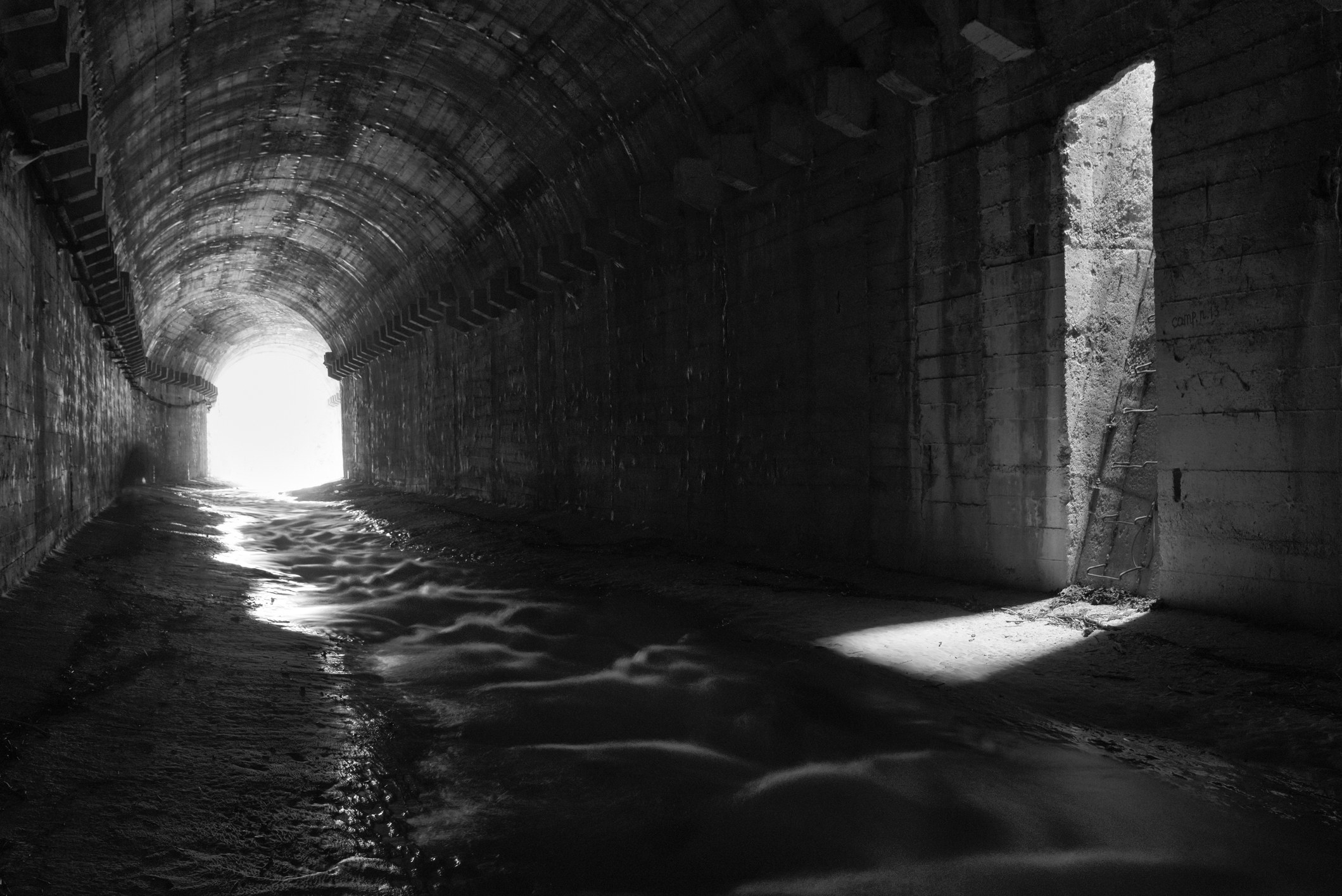Archaeologists Discovered An Underground Inca Labyrinth, Confirming a Centuries-Old Rumor [View all]
Archaeologists Discovered An Underground Inca Labyrinth, Confirming a Centuries-Old Rumor
Now to see where it goes.
BY TIM NEWCOMB PUBLISHED: JAN 17, 2025 8:30 AM EST

The existence of a tunnel network under the ancient Peruvian city of Cusco had been rumored for centuries.
At times stretching more than a mile, the labyrinth connected the Temple of the Sun to key points, such as a fortress.
Incan builders made use of what’s known as the cut-and-cover method of crafting tunnels.
The Incan Temple of the Sun in Cusco has long been a visual and cultural jewel of the ancient empire. But there’s even more to admire below ground. Recently, archaeologists confirmed a long-held rumor: the existence of labyrinth of underground tunnels extending out from the temple, sometimes over a mile in length.
. . .
Archaeologist Jorge Calero Flores announced the findings at a press conference, and said the research team found a main branch connecting the temple to the fortress of Sacsahuaman, just over one mile away. The system is made up of three smaller branches—one near the Church of San Cristóbal, another to an area near the fortress, and a third to an area known as Callispuquio.
The Peru Archaeologists Association said that the tunnels were created by the Inca people. They first dug trenches, and then supported them with stone walls and carved-beam ceilings. Calero Flores said that the tunnel system is roughly 8.5 feet wide and 5.2 feet high. “We suspect that the Inca could have been carried in litters through there,” he said, according to the Jerusalem Post.
The path to finding the ancient labyrinth started with Jesuit texts from the 16th century. An anonymous Spanish Jesuit individual wrote about a tunnel in 1594 that connected the bishop’s housing to the Cusco Cathedral, alluding to the fact the tunnel originated at the Temple of the Sun. A later document from chronicler Anello de Oliva also discussed multiple underground passages in the city. The texts noted that, during construction in the area, workers ensured they did not disturb the tunnel network—one that started at a cave in the fortress. That was enough, Flores said, to give archaeologists “an idea” of where to look.
More:
https://www.popularmechanics.com/science/archaeology/a63433942/underground-inca-labyrinth/
